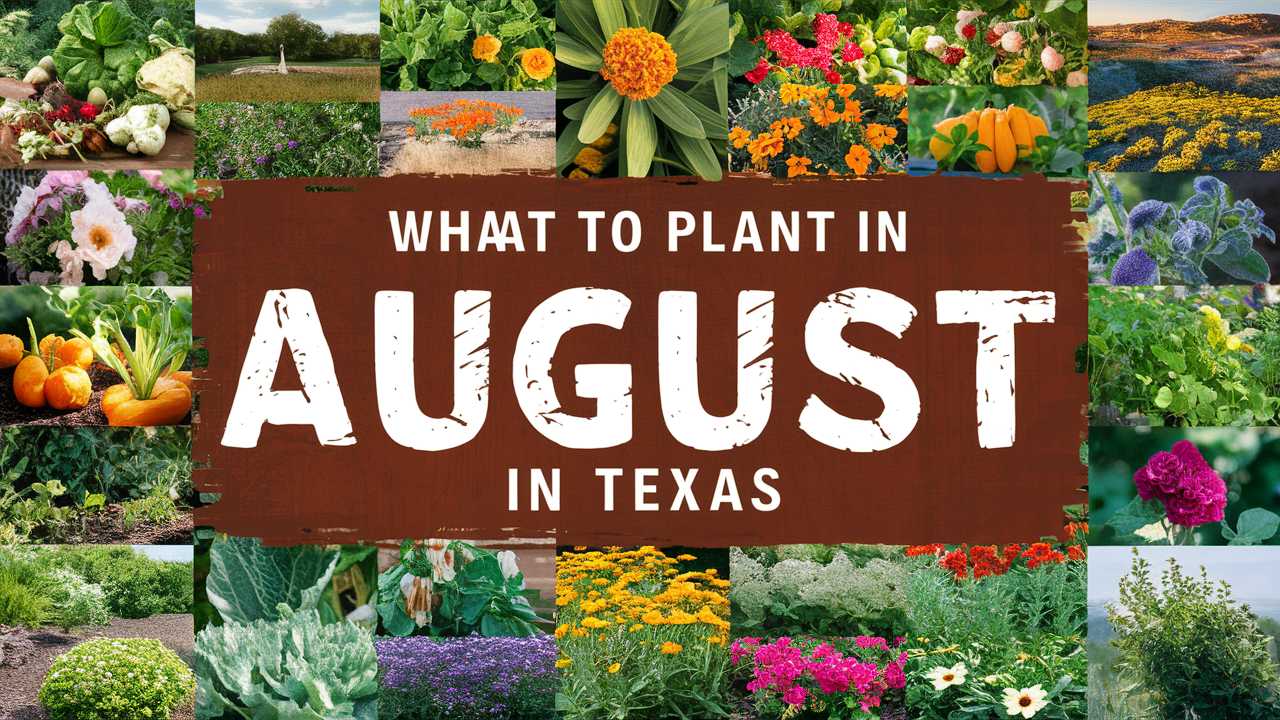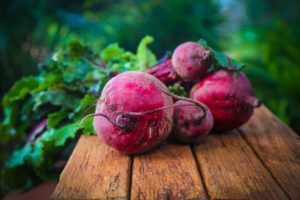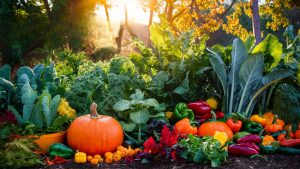From vegetables to landscape plants, this guide will explore what can be successfully planted in August across various USDA zones in Texas, ensuring your gardens thrive despite the state’s challenging climate.
Vegetables To Plant
Planting in August can be a rewarding experience, especially for cool-season vegetables that thrive as temperatures start to cool down slightly. Here’s a comprehensive look at vegetables suited for August planting across Texas.
Okra
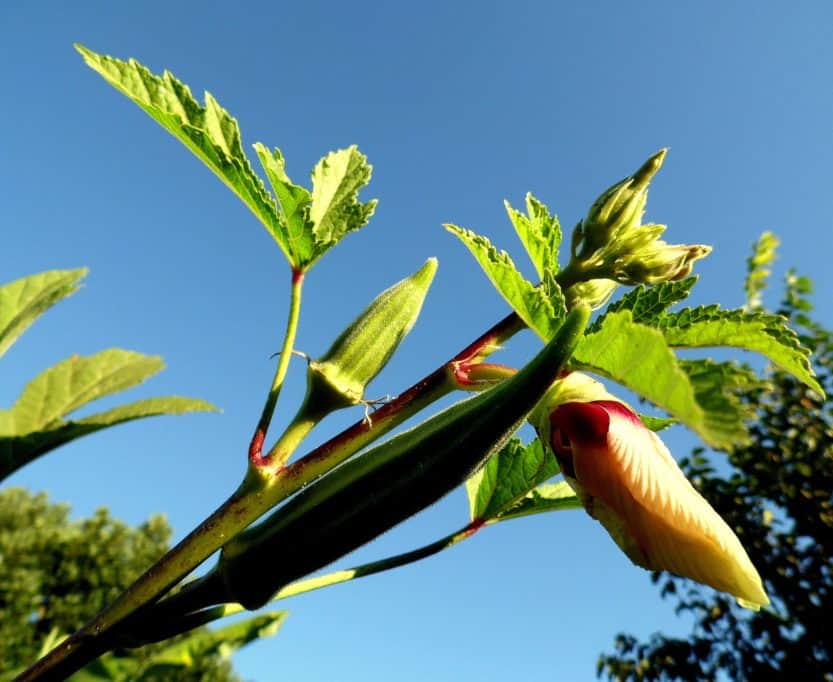
Temperature Tolerance: 80-100°F
Okra, a true Southern staple, thrives well in the heat of August. It’s ideally planted in the warm USDA zones 8-10 during this month. Given its drought tolerance, Okra requires full sun and can handle the high temperatures often present in Texas. Plant seeds directly in well-drained soil about 1 inch deep. For continuous harvests, you can stagger planting every few weeks until the weather cools.
Radishes
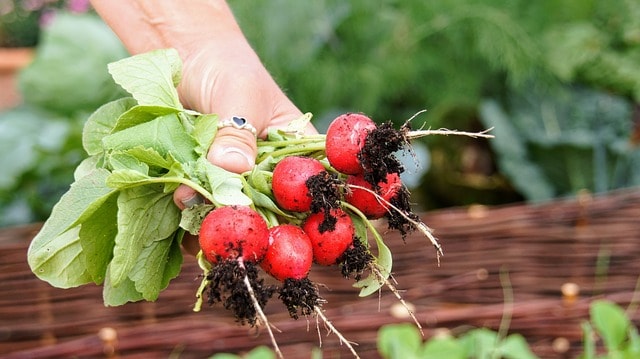
Temperature Tolerance: 40-85°F
Radishes are remarkably quick to mature, making them ideal for late summer planting. In USDA zones 8-10, sowing seeds directly into loose soil will yield a harvest ready to harvest in just three to four weeks. Radishes thrive in cooler weather, so by the end of August, they can benefit from the slight drop in temperature. Consider planting varieties like Cherry Belle or French Breakfast for a mix of colors and flavors.
Spinach
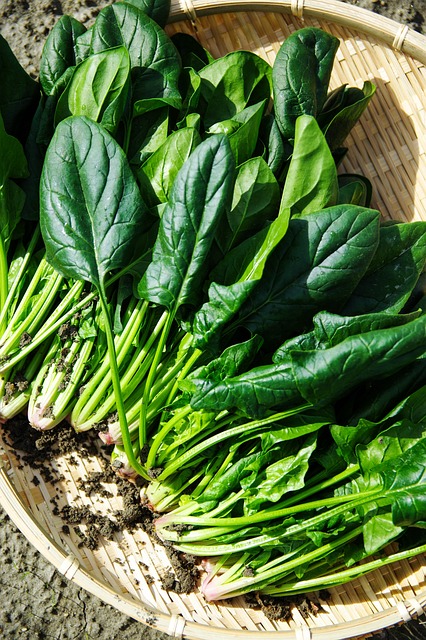
Temperature Tolerance: 50-75°F
August is a perfect time to plant spinach in USDA zones 7-10. This cool-season leafy green thrives best as temperatures begin to decline. Directly sow seeds about ½ inch deep into well-prepared soil. Spinach germinates easily and can be harvested in about 40 to 50 days, making it an efficient choice for gardeners looking to maximize yield before winter.
Carrots
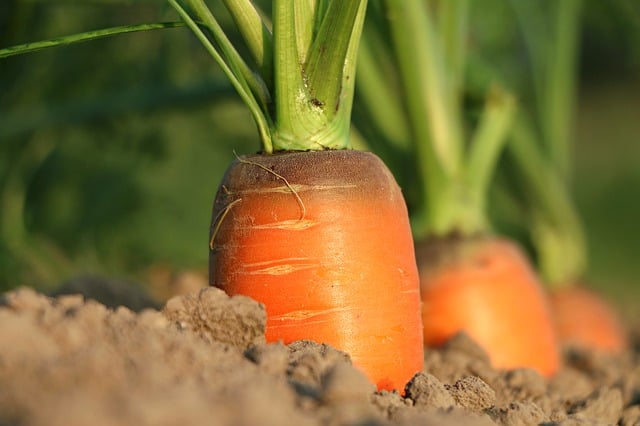
Temperature Tolerance: 45-75°F
Carrots are ideally planted in Texas during the latter part of August. In zones 7-9, the heat of late summer drops to a manageable level for germination. Plant carrot seeds about 1/4 inch deep in loose, sandy soil to encourage long, straight roots. Depending on the variety, harvest can be enjoyed anywhere between 70 to 80 days after planting.
Beets
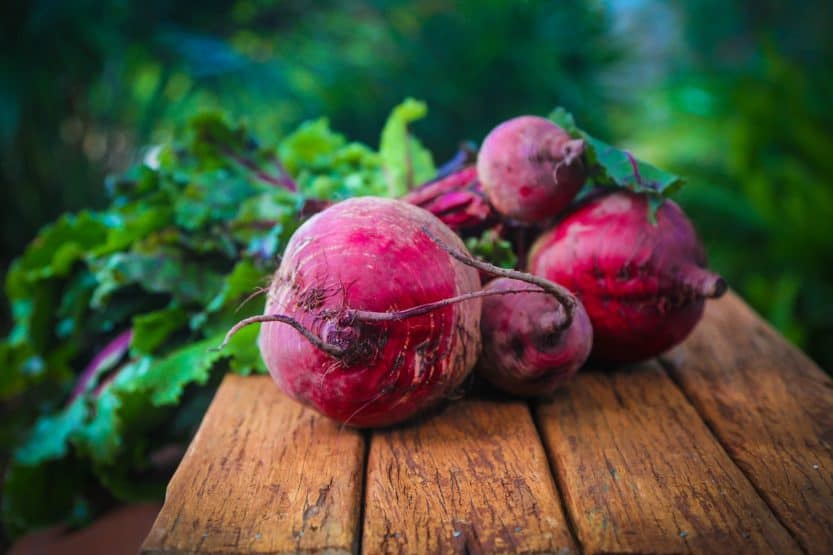
Temperature Tolerance: 50-85°F
Planting beets in August takes advantage of the gradual cooling trend. These nutritious roots excel in USDA zones 7-9. Directly sow beet seeds 1 inch apart in well-drained soil, as they require a little space to grow properly. Beets grow well in moderate temperatures and can mature in about 50 to 60 days, ideal for fall harvests.
Cucumbers
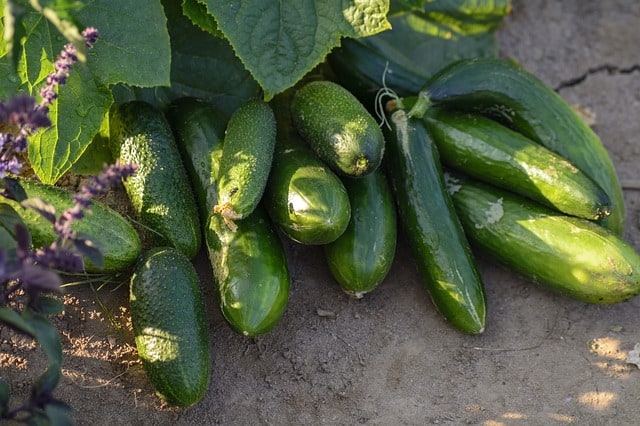
Temperature Tolerance: 65-95°F
If the heat doesn’t subside completely in August, cucumbers still have a chance to thrive in the Southern climate. Planting seeds in zones 8-10 can yield results in quick succession. Make sure the soil is warm and well-drained, and plant seeds about 1 inch deep. Cucumbers grow rapidly and can be ready to harvest in under two months.
Swiss Chard
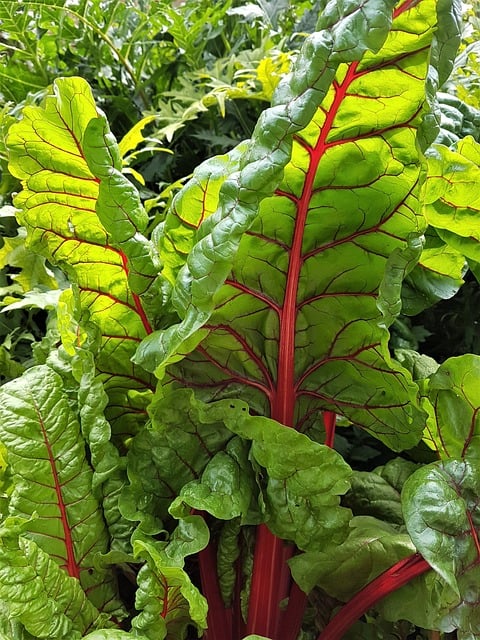
Temperature Tolerance: 50-85°F
Swiss chard is an excellent choice for an August planting, particularly in the warmer regions of Texas (zones 8-10). It is particularly hardy and will withstand some heat. Sow seeds directly into your garden about 1 inch apart, and once they germinate, thin out to ensure ample growing space. Swiss chard can be harvested in as little as 50 days and thrives in cooler fall temperatures.
Green Beans
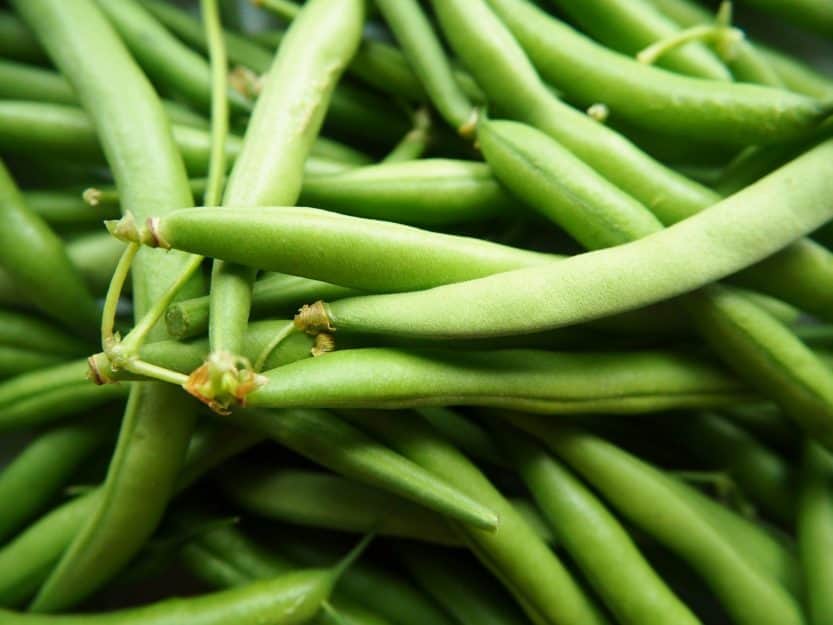
Temperature Tolerance: 60-90°F
Green beans (particularly bush varieties) can be planted in August in USDA zones 7-10. They prefer warm soil but are relatively quick-growing. Seeds should be sown 1-1.5 inches deep in rows spaced about 18 inches apart. Harvest is possible in just 50 to 60 days, giving you ample time to enjoy them before the frost arrives.
Peas
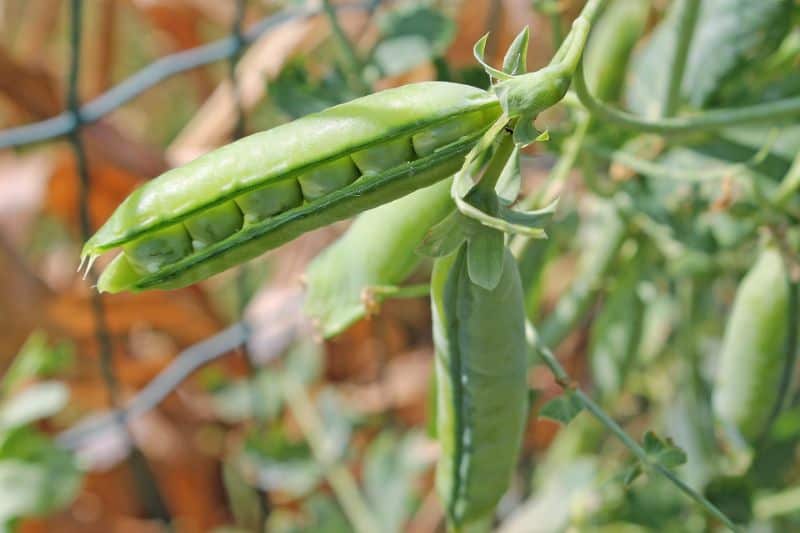
Temperature Tolerance: 40-75°F
Mid to late August is an excellent time to plant peas in Texas, particularly in USDA zones 7-9 before the truly cold weather sets in. Plant seeds about 1 inch deep in well-drained soil. Peas prefer cooler temperatures, so late summer planting allows them to thrive. They typically mature in 60-70 days, yielding delicious pods well into the fall months.
Collard Greens
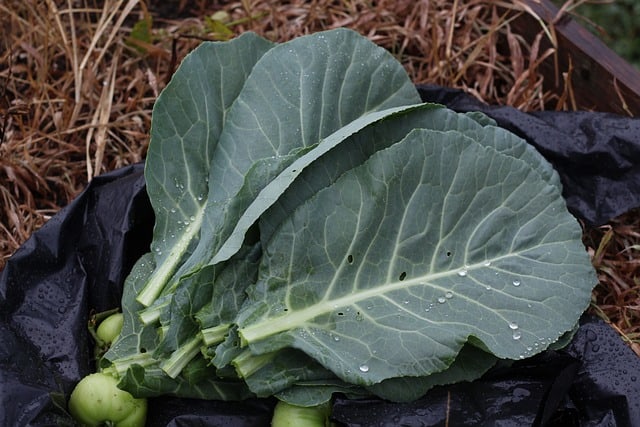
Temperature Tolerance: 50-85°F
Collard greens are a hardy green that can be seeded in August across USDA zones 7-10. They thrive with cooler temperatures and humidity. Collards can be directly seeded about 1 inch apart, with a harvest time of 60-75 days. Their flavor improves after the first frost, making them an ideal selection for fall planting.
As you dive into vegetable gardening in August, consider the local climate variations and opt for varieties best suited to your specific USDA zone.
Flowers To Plant
In August, flower gardening offers an opportunity to add splashes of color to your landscape, preparing for the beauty of fall blooms. Here are several flowers you can plant in Texas during this month.
Texas Bluebonnet
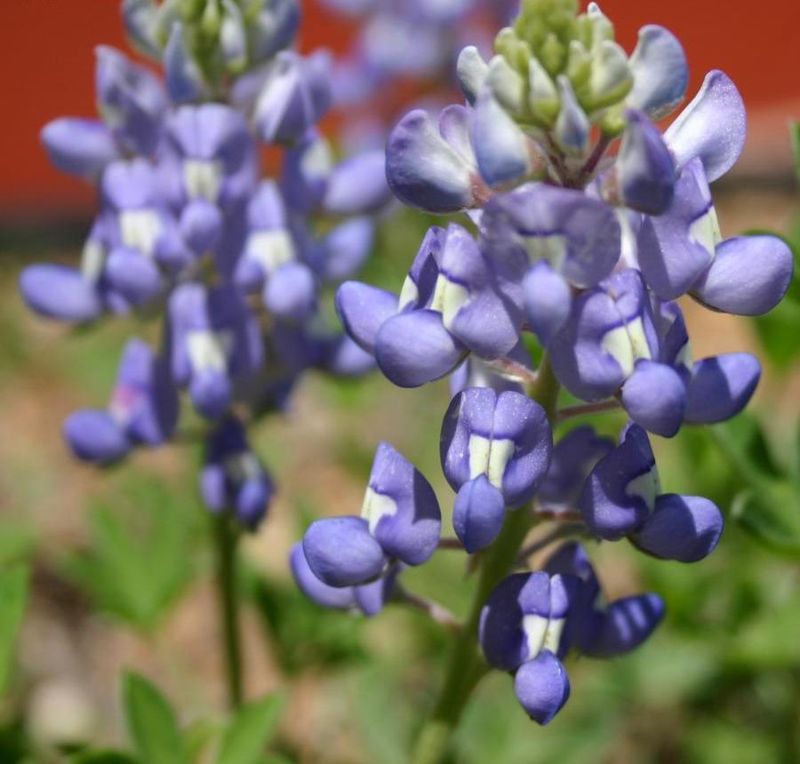
Temperature Tolerance: 30-85°F
As the state flower of Texas, bluebonnets are iconic and can be planted in August in anticipation of their February bloom. They thrive in USDA zones 6-8. While they are typically direct-seeded in early fall, late summer soil preparation is crucial. Ensure your soil is well-draining and place seeds in slightly moist conditions. With proper care, you can enjoy a stunning display of blue during spring.
Marigolds
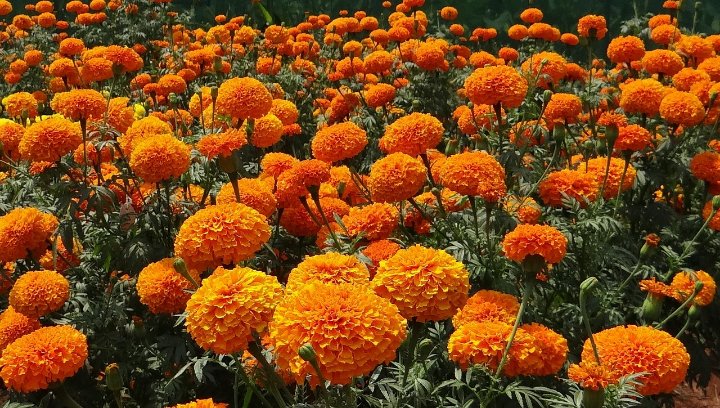
Temperature Tolerance: 50-90°F
Marigolds are hardy annuals that can easily be planted in August. They thrive in USDA zones 8-10 and are known for their bright colors and strong aroma, which can deter pests. These flowers are sown 1/4 inch deep in well-drained soil, either from seeds or transplants. They bloom quickly and can provide ongoing color until the first frost.
Zinnias
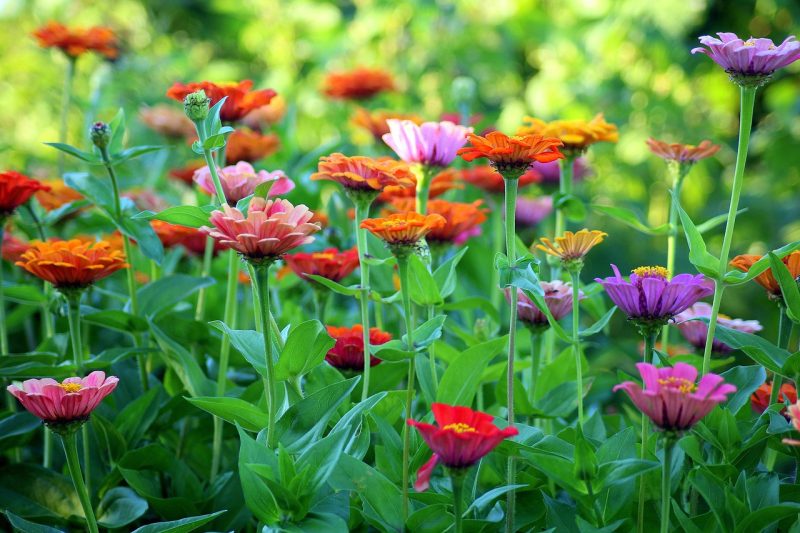
Temperature Tolerance: 50-90°F
Zinnias flourish in warm conditions, making them ideal for Texas in August (USDA zones 8-10). These annuals are easy to grow from seeds, which can be sown directly into the garden at a depth of 1/4 inch. Zinnias thrive in full sun and will provide vibrant color while attracting pollinators to your garden.
Sunflowers
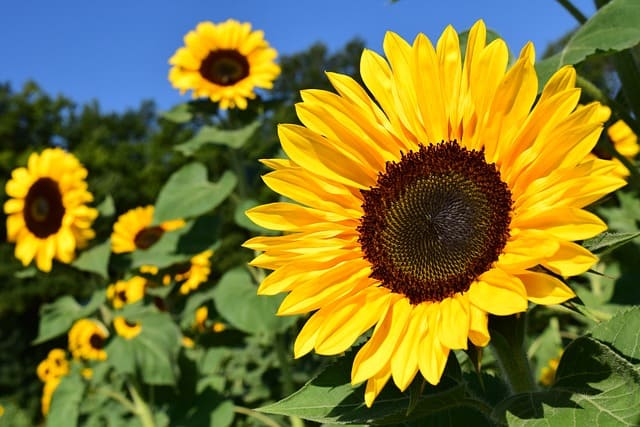
Temperature Tolerance: 60-95°F
Sunflowers are another fantastic option for planting in August, particularly larger varieties. They are suited for USDA zones 7-10 and can be direct-seeded into the soil about 1 inch deep. Sunflowers grow rapidly and can reach maturity within 70-100 days, turning your landscape into a sunny spectacle before the first frost.
Cosmos
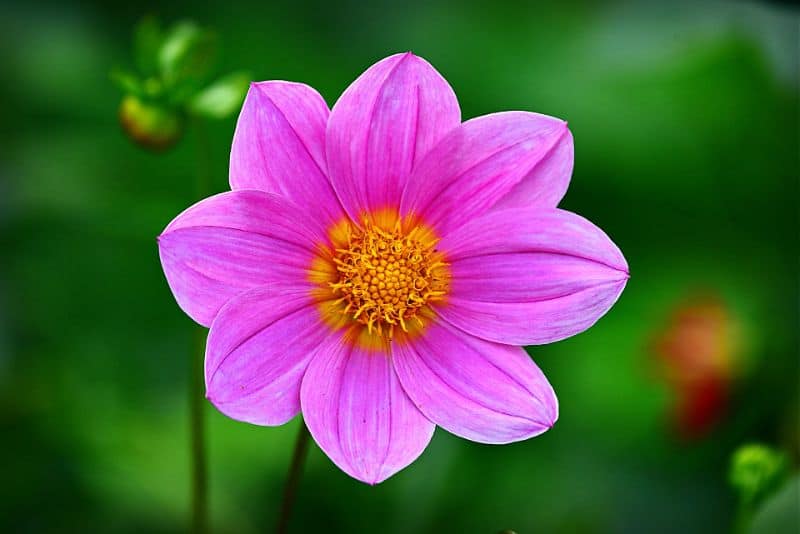
Temperature Tolerance: 50-90°F
Cosmos are versatile flowers that can generally be planted between June and September in Texas. They do especially well in USDA zones 7-10. Plant seeds directly in the ground, ideally 1/4 inch deep. Cosmos do not require exacting care and bloom profusely throughout the summer and into early fall.
Pansies
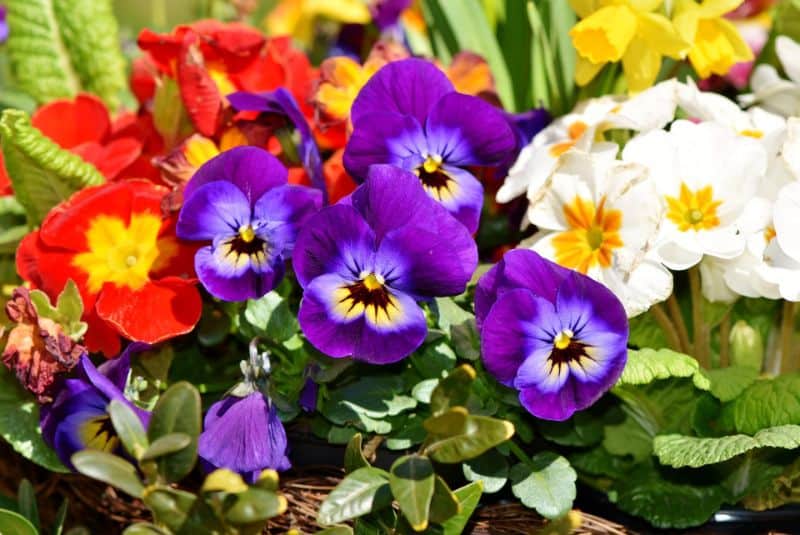
Temperature Tolerance: 30-70°F
Pansies are ideal for a late August planting, particularly in USDA zones 8-10. They prefer cooler temperatures and can be started from seeds or young plants. Although generally sown in early fall, starting pansies in late summer allows them to develop roots before cooler temperatures arrive. Plant them approximately 6-8 inches apart to allow for ample growth.
Asters
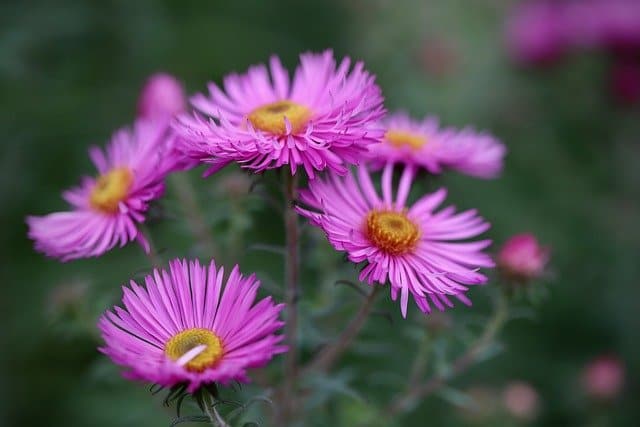
Temperature Tolerance: 50-80°F
Asters can be planted in August in Texas Gardens, particularly zones 7-9. These perennial flowers provide vibrant colors in fall and can thrive in various soil conditions. They should be spaced about 1-2 feet apart and can tolerate moderate drought once established. Asters bloom in the fall, creating a lovely display when many gardens start to fade.
Black-eyed Susan
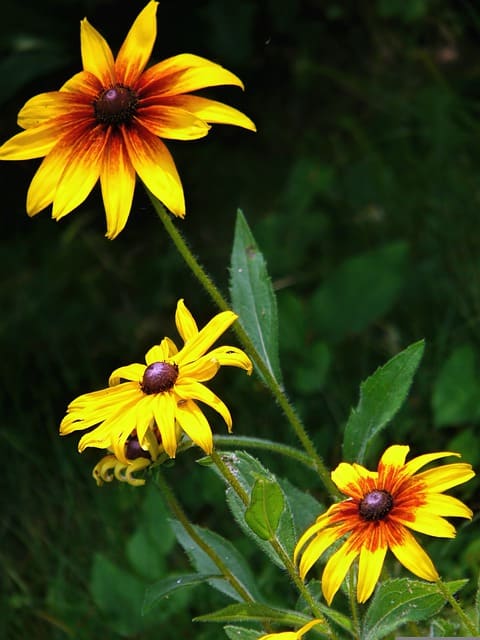
Temperature Tolerance: 50-90°F
Black-eyed Susans are a perennial staple in Texas gardens, flourishing from August onwards in USDA zones 8-10. They bring bright golden colors and are drought-resistant. Plant seeds about 1 inch deep in well-drained soil. They thrive in sunny locations and bloom profusely, often lasting until the first frost.
Salvia
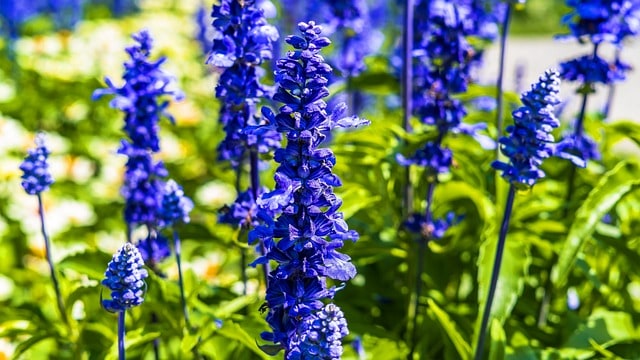
Temperature Tolerance: 50-90°F
Salvia is a resilient flowering plant that can be sown in August. It thrives in hot, dry conditions and is suitable for USDA zones 8-10. Salvia plants should be spaced 12-18 inches apart when planted from seed or young plants. They are pollinator favorites, attracting butterflies and hummingbirds to your garden from late summer through fall.
Peonies
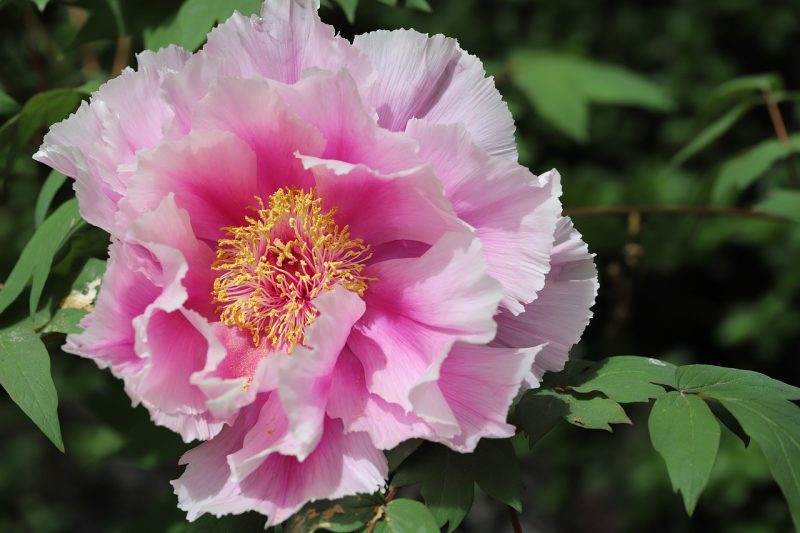
Temperature Tolerance: 40-70°F
Peonies can be planted in August, particularly in the northern areas of Texas (zones 8a-9b) before the colder months set in. They require well-drained soil and should be planted with eyes (buds) facing upwards at a depth of about 1-2 inches. Peonies take a couple of years to establish but will reward you with beautiful blooms for many years.
Fostering a vibrant flower garden in August requires deliberate planning. Choose combinations that will bloom in succession to keep your garden lively well into the fall.
Herbs To Plant
Herbs planted in August can thrive and bring fresh flavors to your kitchen as you prepare for fall cooking. Here’s a list of herbs to consider planting in Texas during this month.
Basil
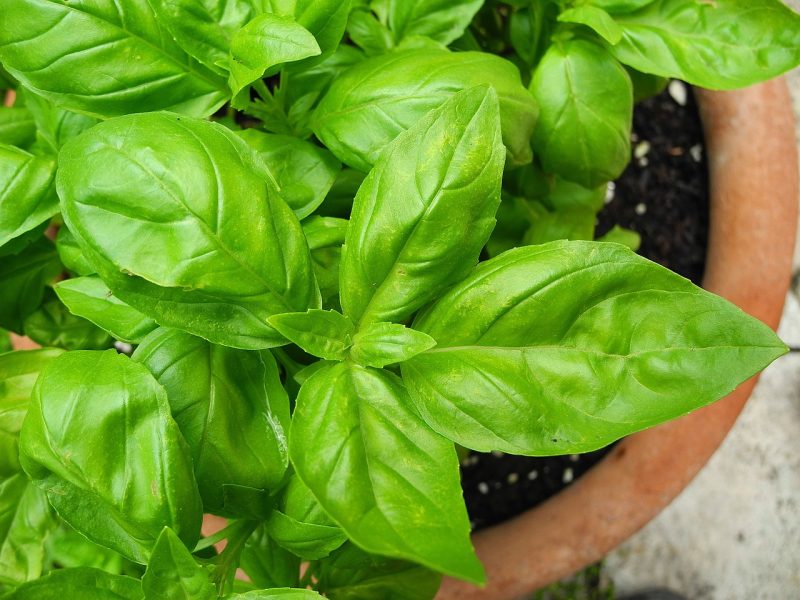
Temperature Tolerance: 50-95°F
Basil is a warm-weather herb that thrives when planted in August in USDA zones 8-10. Sow seeds in well-draining soil, ensuring they receive full sunlight. Basil grows quickly and can be harvested in about 3-4 weeks. As the summer progresses, basil’s flavor intensifies, making it a delightful addition to any dish.
Cilantro
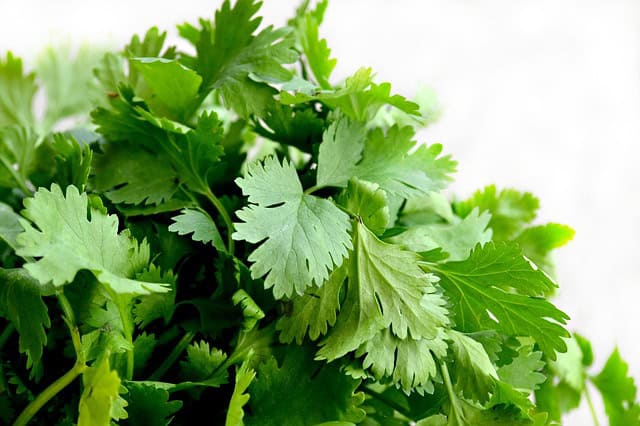
Temperature Tolerance: 50-80°F
Cilantro is unique as it prefers cooler growing conditions, making it a fantastic choice for late August planting in Texas. In USDA zones 7-10, sow seeds directly into the garden about 1 inch apart. Cilantro grows rapidly and can be harvested in about 3-4 weeks, making it an ideal herb for a quick turnaround.
Dill
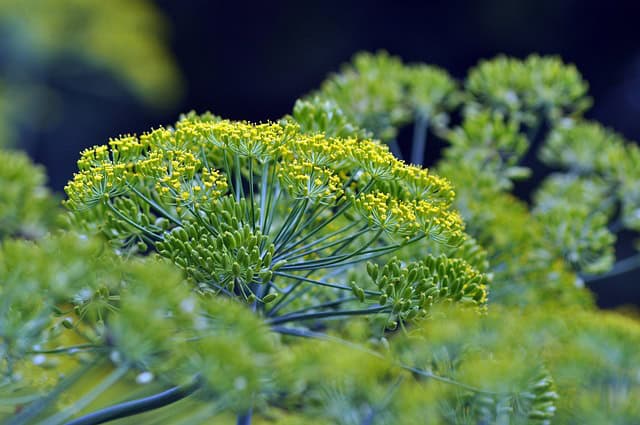
Temperature Tolerance: 50-80°F
Dill is a versatile herb that thrives well when planted in August in USDA zones 7-10. This herb prefers moderate temperatures and should be sown directly into the garden about 1 inch apart after ensuring that the soil is warm. Dill can germinate quickly and is typically ready for harvest in about 40-60 days.
Oregano
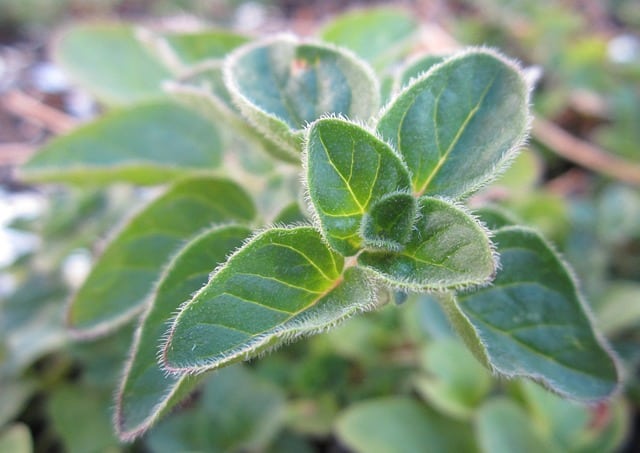
Temperature Tolerance: 50-90°F
Oregano can thrive in the Texas climate when planted in August, particularly during the hotter months of USDA zones 8-10. This perennial herb needs well-drained soil and full sun. Plant seeds about 1/4 inch deep, and once established, oregano is drought resistant. You can expect a strong flavor with a harvest time of around 70 days.
Thyme
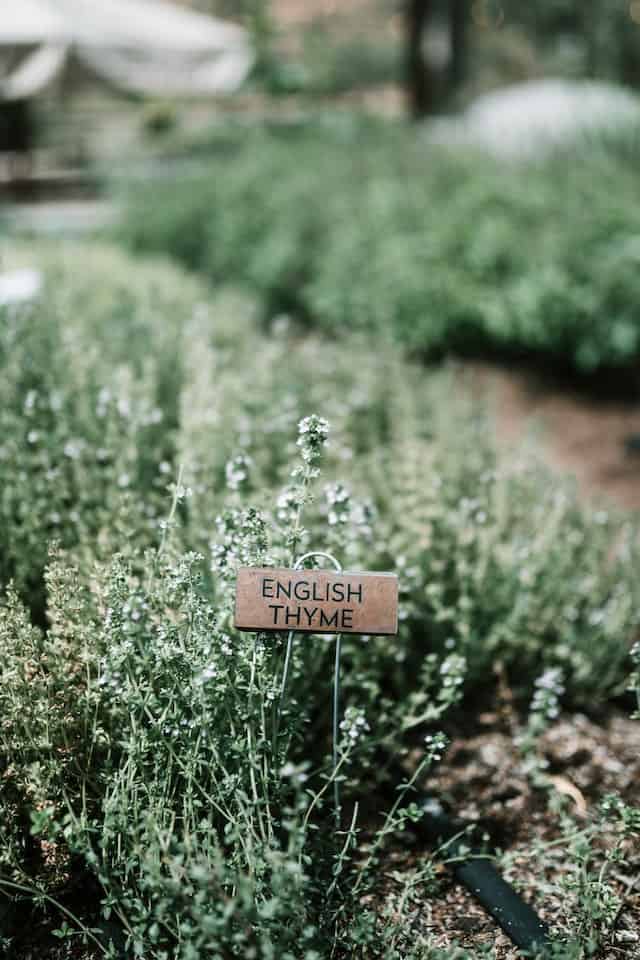
Temperature Tolerance: 50-80°F
Thyme is ideal for August planting in Texas, particularly in USDA zones 8-10. This herb thrives in well-drained soil and prefers full sunlight. Plant seeds about 1/4 inch deep and thin them as they grow. Thyme can be harvested throughout the growing season, taking roughly 90 days to become fully established.
Chives
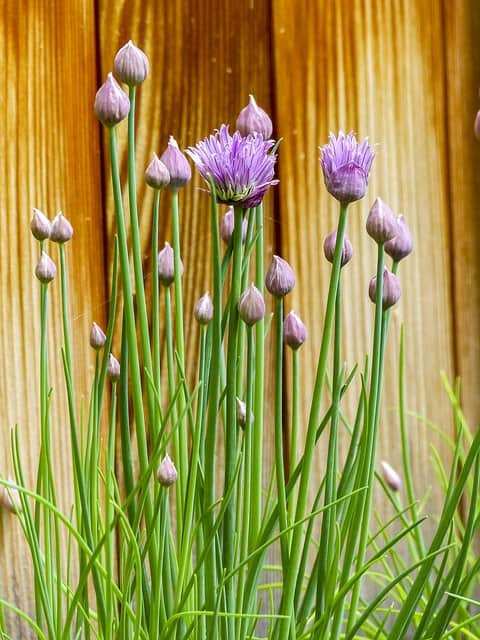
Temperature Tolerance: 40-80°F
Chives are a hardy herb that can be successfully planted in August in Texas, particularly beneficial for USDA zones 7-10. Sow seeds directly into your garden or plant transplants about 12 inches apart. These perennial herbs thrive with little maintenance and can be harvested throughout the growing season, enhancing salads and dishes alike.
Mint
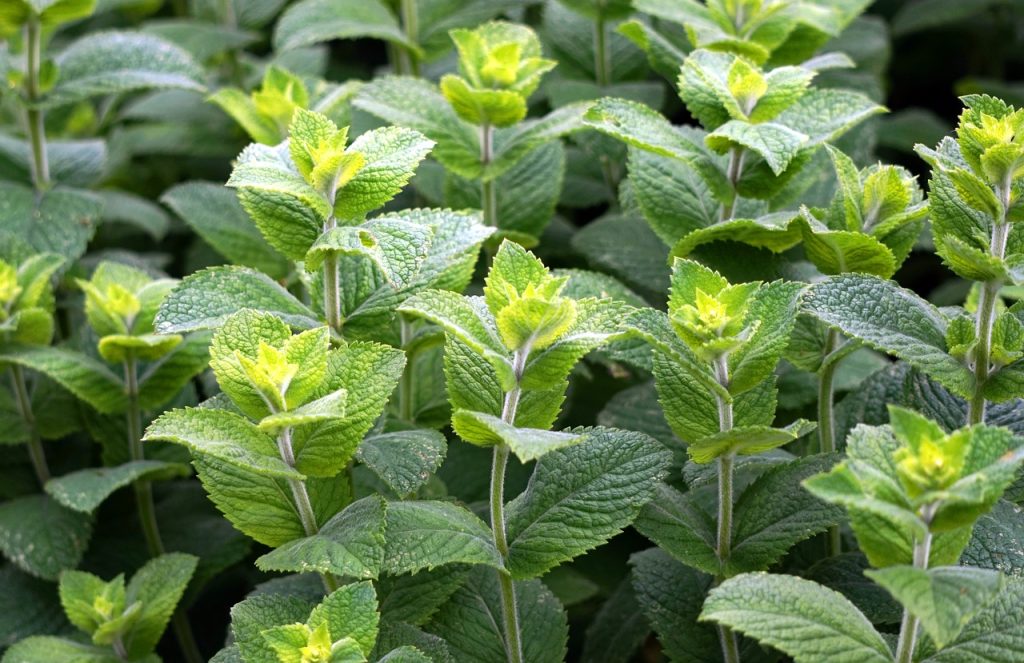
Temperature Tolerance: 50-90°F
Mint grows well in various conditions and can be successfully planted in August in Texas. It thrives in USDA zones 8-10 and prefers rich, moist soil. When planting mint, consider giving it some space as it tends to spread aggressively. Directly sow seeds about 1/4 inch deep and ensure they receive sufficient sunlight. Mint’s growth is vigorous and can provide fresh leaves for culinary use well into fall.
Parsley
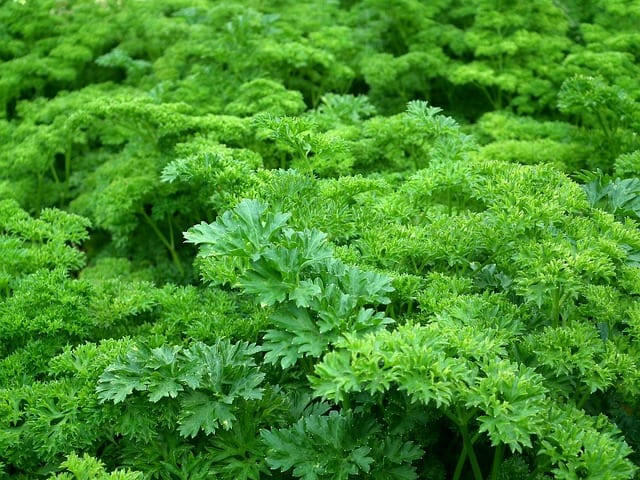
Temperature Tolerance: 50-75°F
Parsley can also be sown in August across USDA zones 7-10 if you want a marathon herb producer. Plant seeds about 1/4 inch deep in well-prepared soil, being patient as cilantro can take longer to germinate. Though it prefers cooler weather as it matures, parsley has a high tolerance for a range of temperatures, making it flourishing through the summer and into the fall.
Rosemary
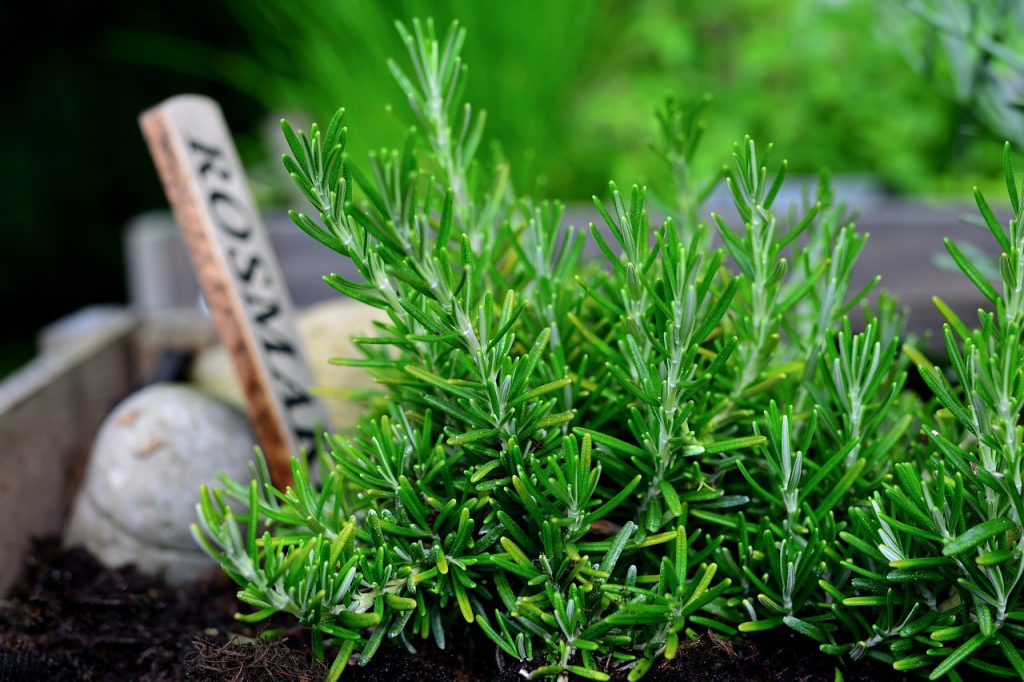
Temperature Tolerance: 50-95°F
Rosemary is a sturdy perennial herb that can be planted in August in Texas, particularly in USDA zones 8-10. Preferring well-draining soil with full sunlight, rosemary should be planted about 1-2 feet apart to accommodate its growth. This fragrant herb can be integrated into many dishes and thrives well, yielding good harvests with minimal care.
Sage
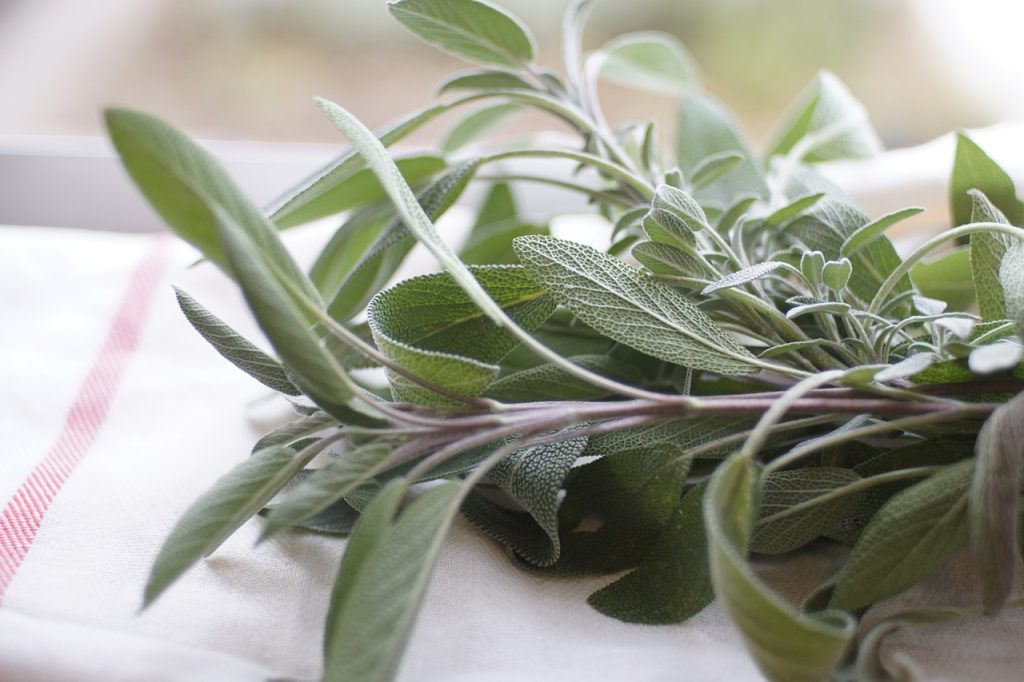
Temperature Tolerance: 50-90°F
Sage is an aromatic herb that can be sown in August for those in USDA zones 8-10. It requires well-drained soil and full sunlight for optimal growth. Plant seeds 1/4 inch deep and spaced well apart. Once established, sage becomes resilient, thriving with minimal water. With a harvest period of around 70 days, this herb will flavor countless recipes.
Exploring herb planting in August not only allows for a kitchen herb garden but also leads to a year-round flavor source.
Landscape Plants To Plant
Additionally, August is a fantastic month for landscape plants. While temperatures remain high, certain species will thrive and create lasting aesthetics in your garden. Below is a well-curated list of ten landscape plants suitable for planting in August in Texas.
Lantana
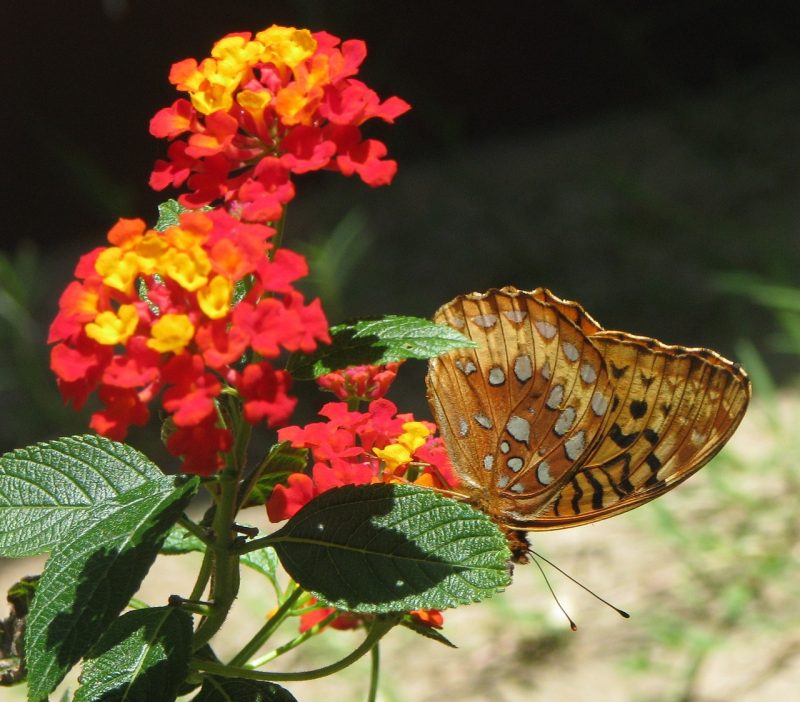
Temperature Tolerance: 50-110°F
Lantana is a drought-tolerant perennial that excels in the heat of Texas. Suitable for USDA zones 8-10, these plants can withstand high temperatures and poor soil conditions. Lantana blooms in a variety of colors, attracting pollinators and providing a vibrant display in the landscape. They should be planted in full sun, spaced about 18-24 inches apart.
Texas Sage (Leucophyllum frutescens)
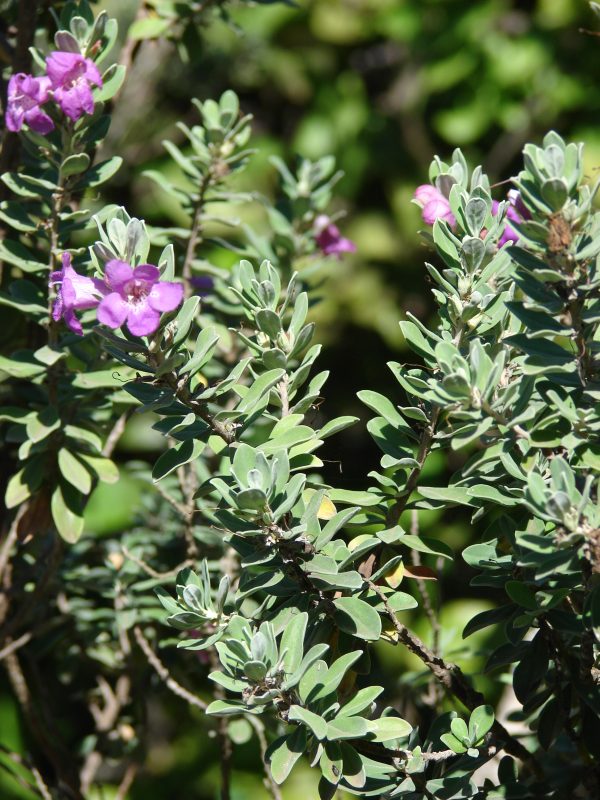
Temperature Tolerance: 25-100°F
Texas Sage is a native shrub that flourishes in USDA zones 8-10. Known for its beautiful purple blooms and silvery foliage, it thrives in hot, dry environments. This resilient plant does best when planted in well-drained soil in full sun. Spacing should be around 3-4 feet apart to allow for its mature growth.
Crepe Myrtle
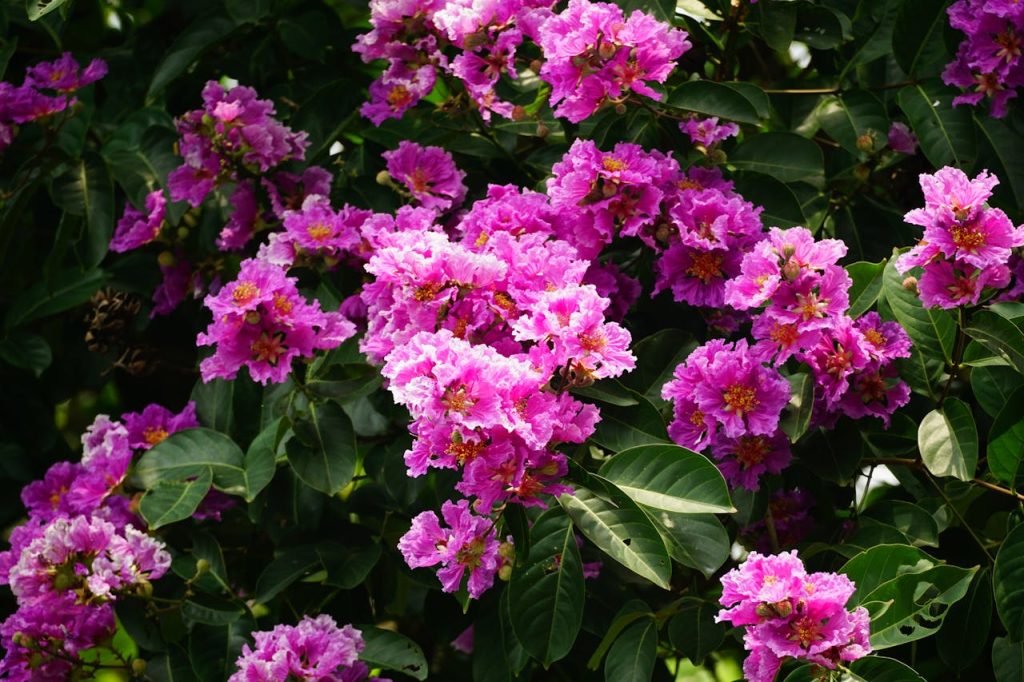
Temperature Tolerance: 0-100°F
Crepe Myrtle is a popular choice for Texas landscapes and can be planted in August. They thrive best in all areas of Texas (zones 7-10) with full sunlight. Plant them spaced at 8-15 feet apart, depending on the variety. These trees provide gorgeous blooms, and their vibrant colors can brighten any landscape all summer long.
Agave
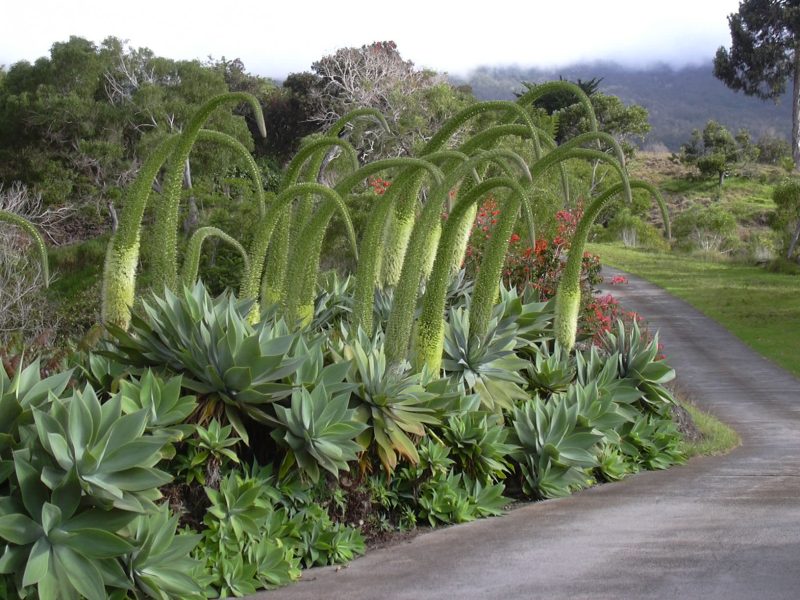
Temperature Tolerance: 20-100°F
Agave plants are an excellent choice for hot, arid environments. In Texas, they thrive in USDA zones 8-10. Plant them in well-drained soil to prevent rot, with spacing of at least 3 feet apart to allow for their natural spread. With a unique appearance and minimal watering needs, agave adds a modern twist to landscape design.
Butterfly Bush (Buddleja)
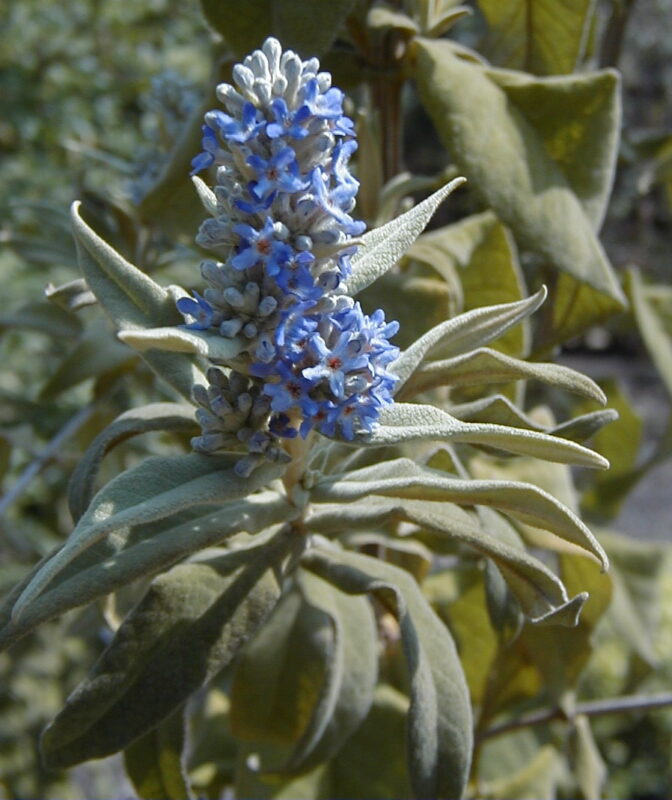
Temperature Tolerance: 40-100°F
The Butterfly Bush is named for its ability to attract butterflies and other pollinators. Ideal for USDA zones 5-10, it can be planted in August in Texas gardens where it will flourish in full sunlight. These shrubs should be spaced about 4-6 feet apart and will produce fragrant blooms throughout the summer months.
Mexican Feather Grass
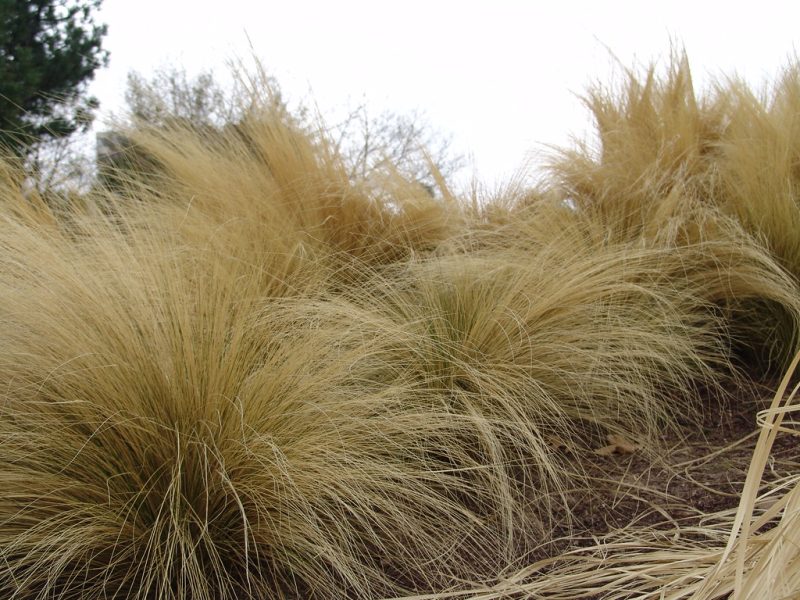
Temperature Tolerance: 20-100°F
Mexican Feather Grass offers a delicate, wispy texture to landscapes, thriving well in USDA zones 8-10. This drought-tolerant ornamental grass is perfect for creating visual interest in your garden. Plant in full sun with a spacing of 1-2 feet apart. Its feathery plumes sway beautifully in the wind, adding movement to your garden.
Penstemon
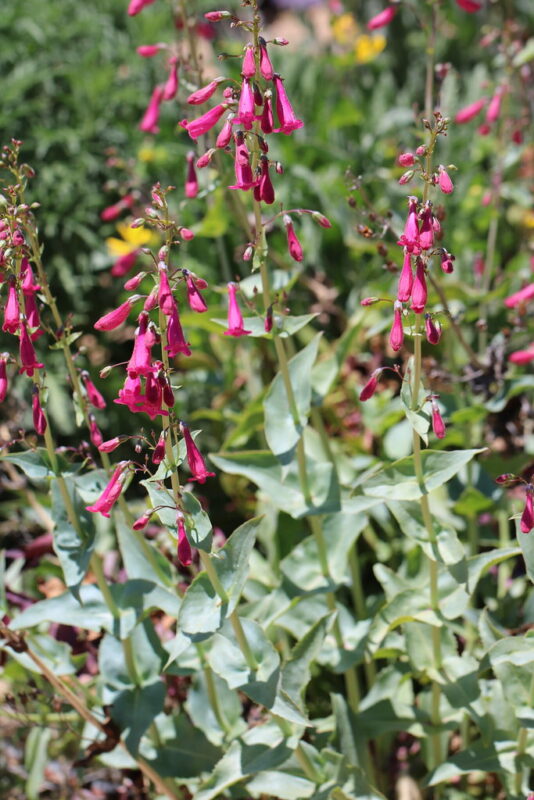
Temperature Tolerance: 40-100°F
Penstemon, or beardtongue, offers vibrant summer flowers that bloom in shades of blue, purple, and red, making it a standout in any garden. They’re suitable for USDA zones 3-9 and can easily be planted in August. Thriving in full sun with well-drained soil, plant them 1-2 feet apart to allow for breathing room.
Canna Lily
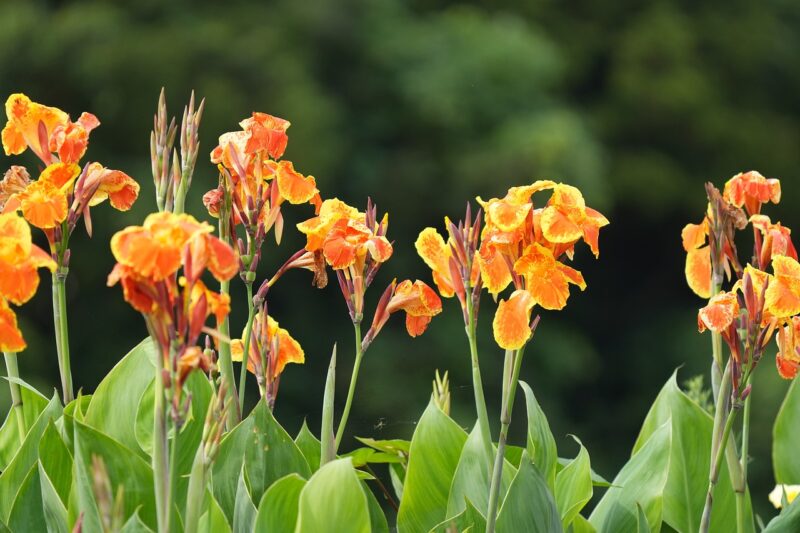
Temperature Tolerance: 20-100°F
Canna Lilies are tropical plants that create a striking floral display and can be planted in August. They thrive in zones 8-11 and prefer rich, well-draining soil. Plant them 2-3 feet apart in full sun, and they will reward you with lush foliage and large, vibrant flowers throughout the summer.
Daylilies
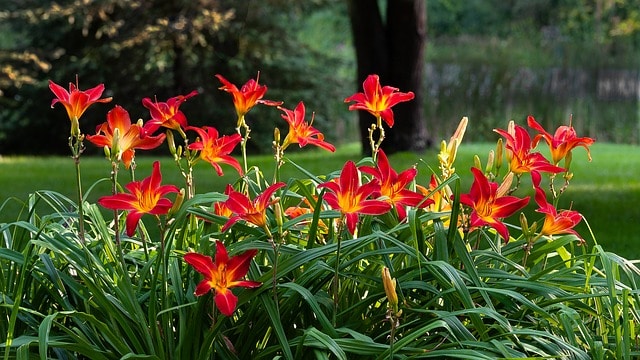
Temperature Tolerance: 40-100°F
Daylilies are hardy perennials that flourish in Texas gardens. In USDA zones 3-9, they can be easily planted in August. These resilient plants prefer well-drained soil and need to be spaced about 2 feet apart. Known for their stunning blooms, coming in numerous colors, they bring brightness to any landscape, requiring minimal maintenance.
Juniper
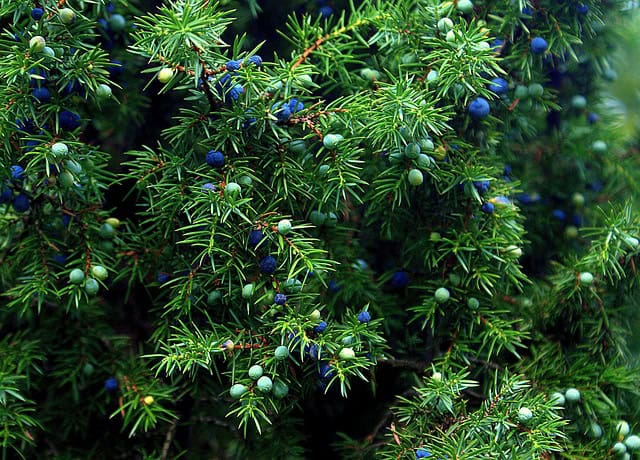
Temperature Tolerance: -30-100°F
Junipers are a versatile choice for ground cover or shrubs and perform well in almost any Texas climate. Suitable for USDA zones 3-10, they do well when planted in August as long as they have adequate watering during establishment. These low-maintenance plants can thrive in various soil types and have a vast range of aesthetic forms and colors.


